George Catlin (1796-1872)
Get a Catlin Certificate of Authenticity for your painting (COA) for your Catlin drawing.
For all your Catlin artworks you need a Certificate of Authenticity (COA) in order to sell, to insure or to donate for a tax deduction.
Getting a Catlin Certificate of Authenticity (COA) is easy. Just send us photos and dimensions and tell us what you know about the origin or history of your Catlin painting or drawing.
If you want to sell your Catlin painting or drawing use our selling services. We offer Catlin selling help, selling advice, private treaty sales and full brokerage.
We have been authenticating Catlin and issuing certificates of authenticity since 2002. We are recognized Catlin experts and Catlin certified appraisers. We issue COAs and appraisals for all Catlin artworks.
Our Catlin paintings and drawings authentications are accepted and respected worldwide.
Each COA is backed by in-depth research and analysis authentication reports.
The Catlin certificates of authenticity we issue are based on solid, reliable and fully referenced art investigations, authentication research, analytical work and forensic studies.
We are available to examine your Catlin painting or drawing anywhere in the world.
You will generally receive your certificates of authenticity and authentication report within two weeks. Some complicated cases with difficult to research Catlin paintings or drawings take longer.
Our clients include Catlin collectors, investors, tax authorities, insurance adjusters, appraisers, valuers, auctioneers, Federal agencies and many law firms.
We perform George Catlin art authentication, appraisal, certificates of authenticity (COA), analysis, research, scientific tests, full art authentications. We will help you sell your George Catlin or we will sell it for you.
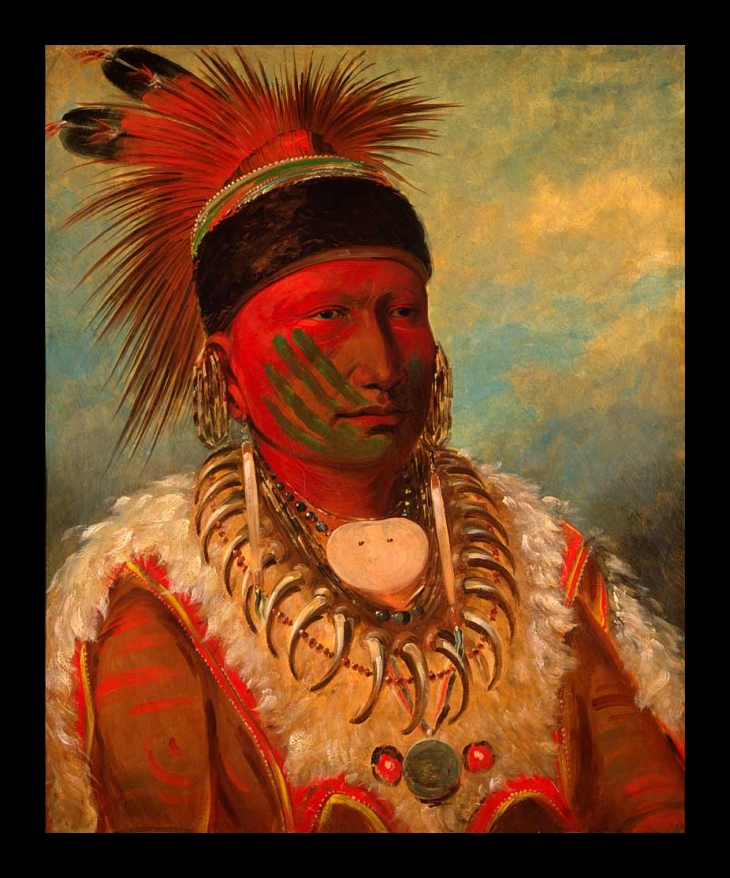
George Catlin was a 19th century American painter, famous for his depictions of Native American tribes. Catlin originally worked as a lawyer, but left his career to paint Native Americans. His aim was to depict them in such a way that no one else had done before and to document their looks and customs. Catlin’s mother and grandmother were both captured by Native American tribes at some point, and perhaps this was why he was so interested in their culture.
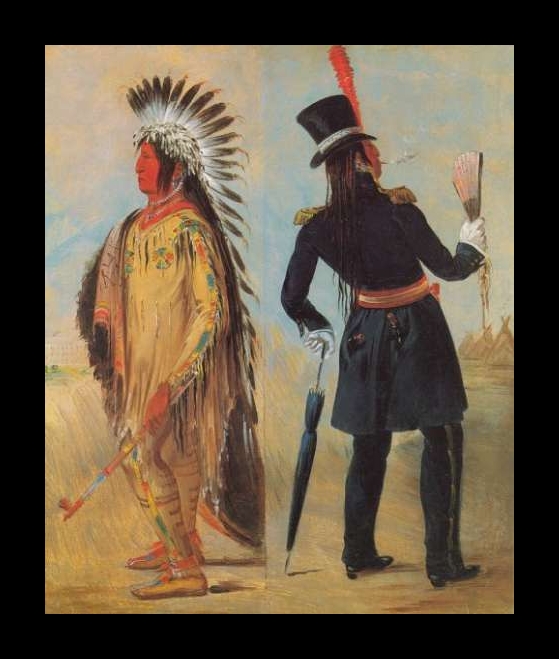
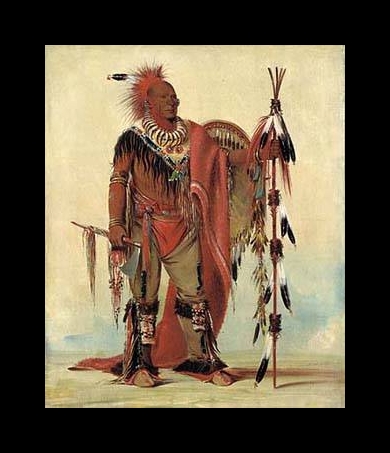
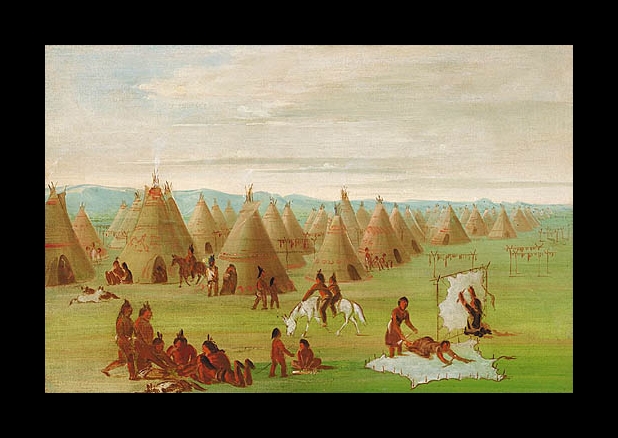
Catlin was a self-taught artist and took a number of excursions to create his more than 600 Native American portraits and scenes. Catlin also took descriptive notes of what he encountered and was thought to have met with nearly 50 tribes. Some of his notes, descriptions and paintings of western tribes are the only remaining documents and information about those tribes of long ago.
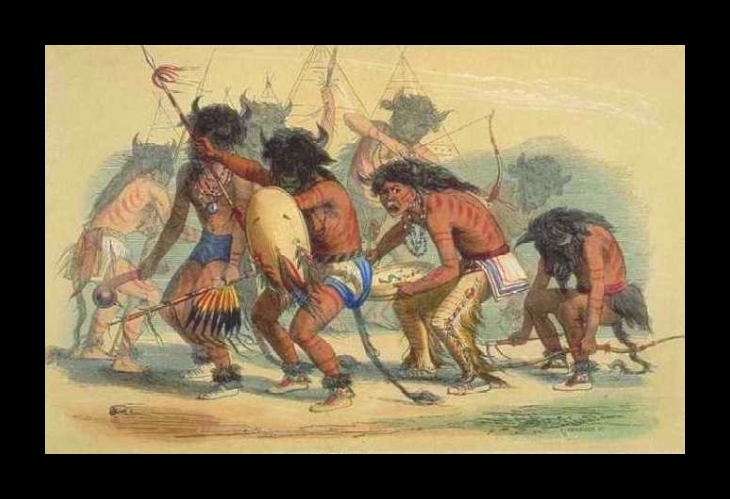
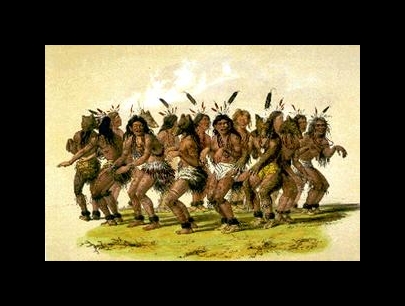
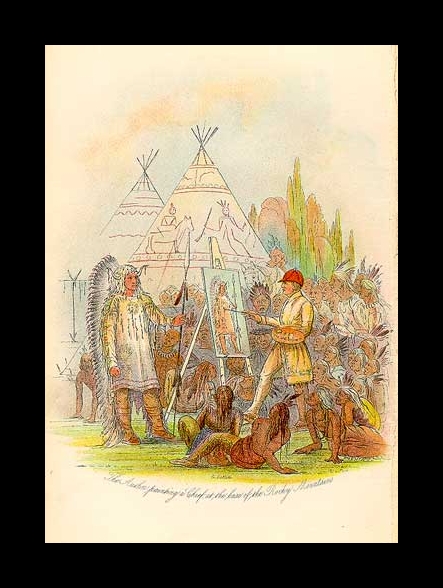
Catlin primarily studied and painted the Mandan tribe, a tribe which he believed was comprised of Welsh descendents.
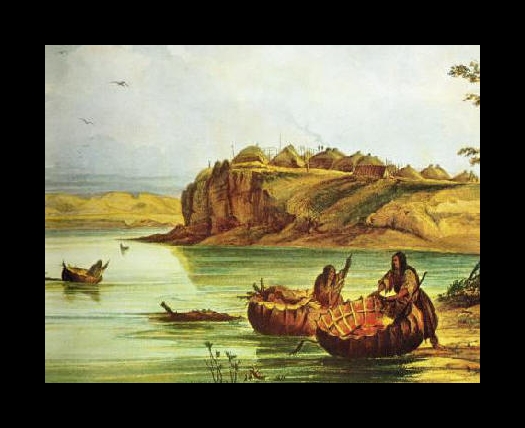
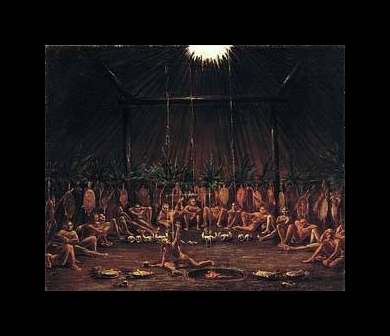
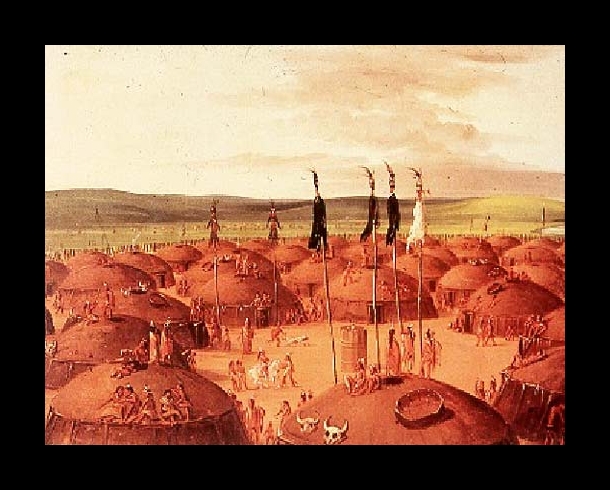
Catlin also portrayed the Plains Indians, and art historians believe that he was the first artist to ever record them in their own territory. During this time, the Indian Removal Act had just been passed by Congress, and many Native Americans had been forced to migrate to the west. This coupled with a smallpox epidemic and the infiltration of other western explorers and travelers forced many Native Americans of the time to either adapt or die. Catlin felt that the west was truly corrupt and wanted to paint these tribes with the nobility they deserved, and at the same time, knew that this was probably the end of many of them.
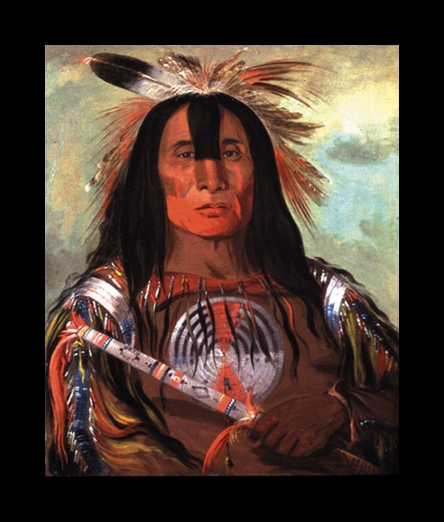
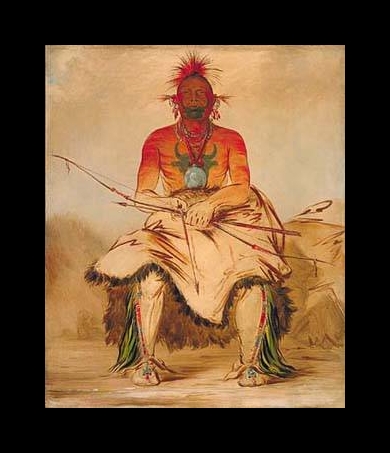
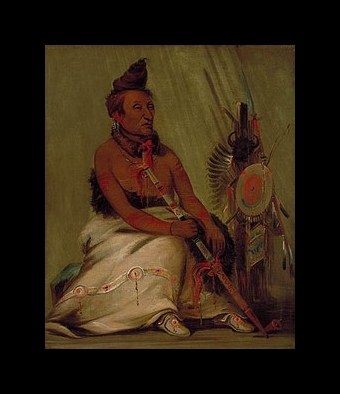
Black Moccasin, Aged Chief
Besides being an artist, Catlin was also an entrepreneur. He organized some of the first “Wild West” shows in the United States in order to showcase the Native American cultures. He traveled all over the United States and Europe with his show, showing his paintings and sketches which were dubbed the Catlin Cartoon Collection.
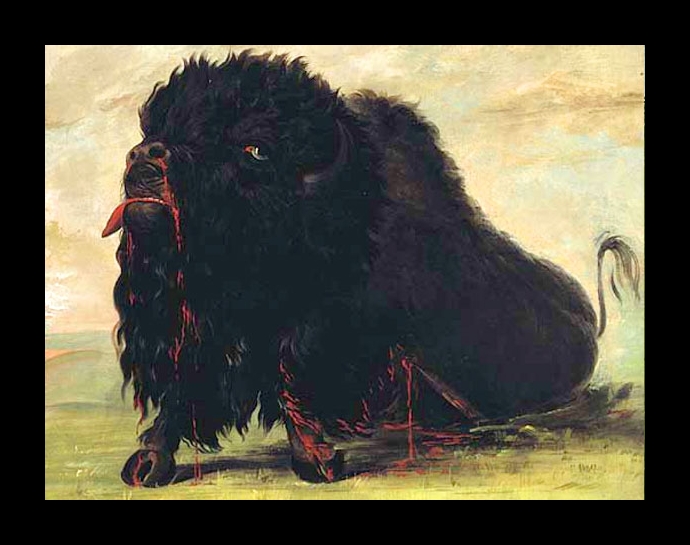
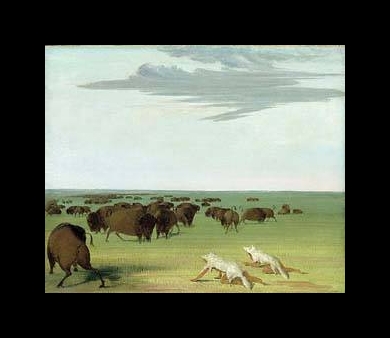
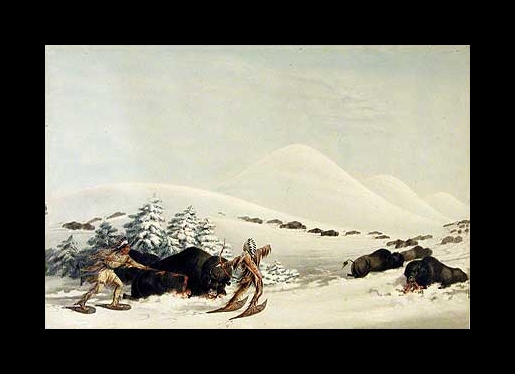
In 1852, Catlin’s Wild West show went bankrupt and most of his works were sold to a private collector, one Mrs. Joseph Harrison, Jr. Her relatives would later donate these paintings and sketches to the Smithsonian museum. Prior to this sale, Catlin had lobbied for the United States government to purchase these artworks in order to save his Indian Gallery for future generations. Today, Catlin’s paintings are recognized as a great cultural treasure.
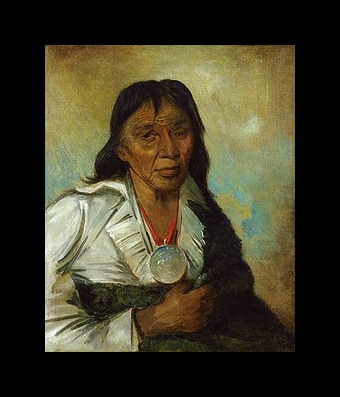
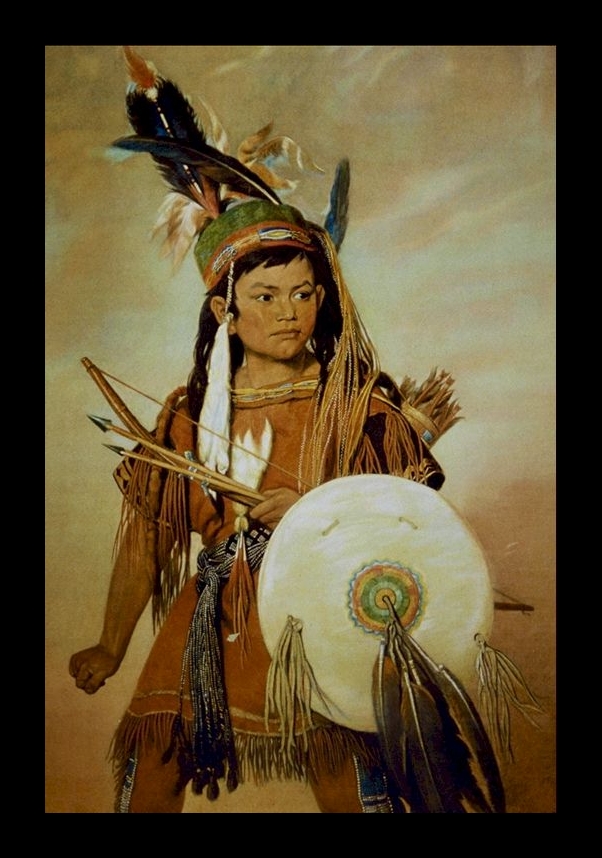
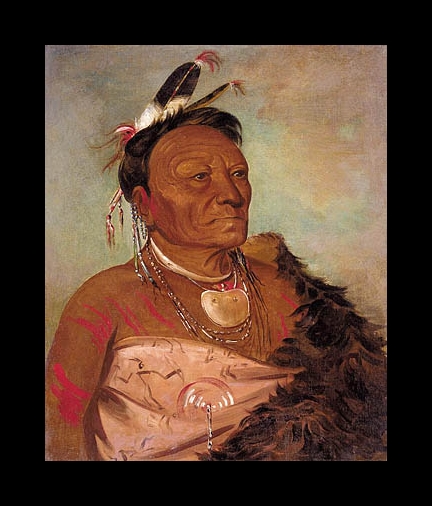
After his Wild West show closed, Catlin traveled throughout South America and the American West. It is quite likely that he continued to paint, sketch and document his findings on his travels west and through South America. To find one of his documented pieces from 1852 to 1872 of the west or South American tribes would be a rare and extraordinary treat.
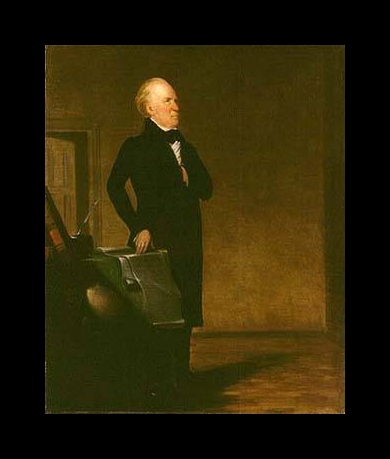
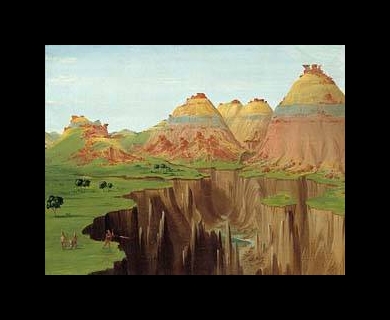
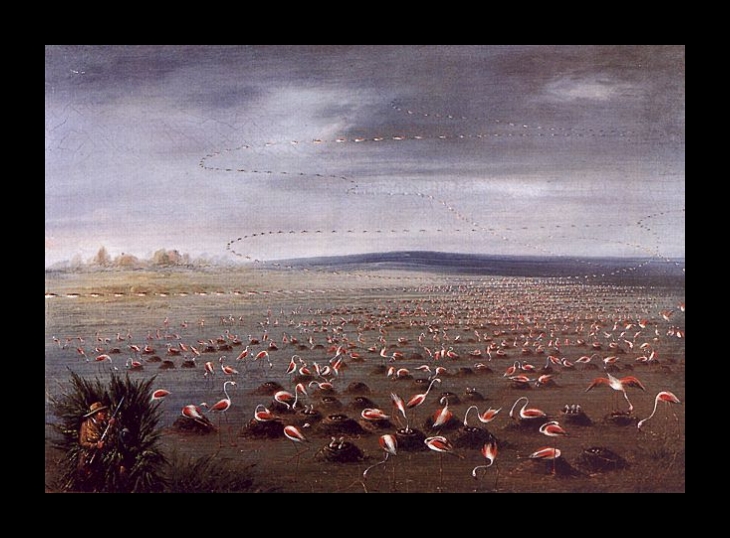
Still wondering about a 19th century American Indian sketch or painting hanging in your home? Contact us…it could be by George Catlin.
Reviews
1,217 global ratings
5 Star
4 Star
3 Star
2 Star
1 Star
Your evaluation is very important to us. Thank you.
